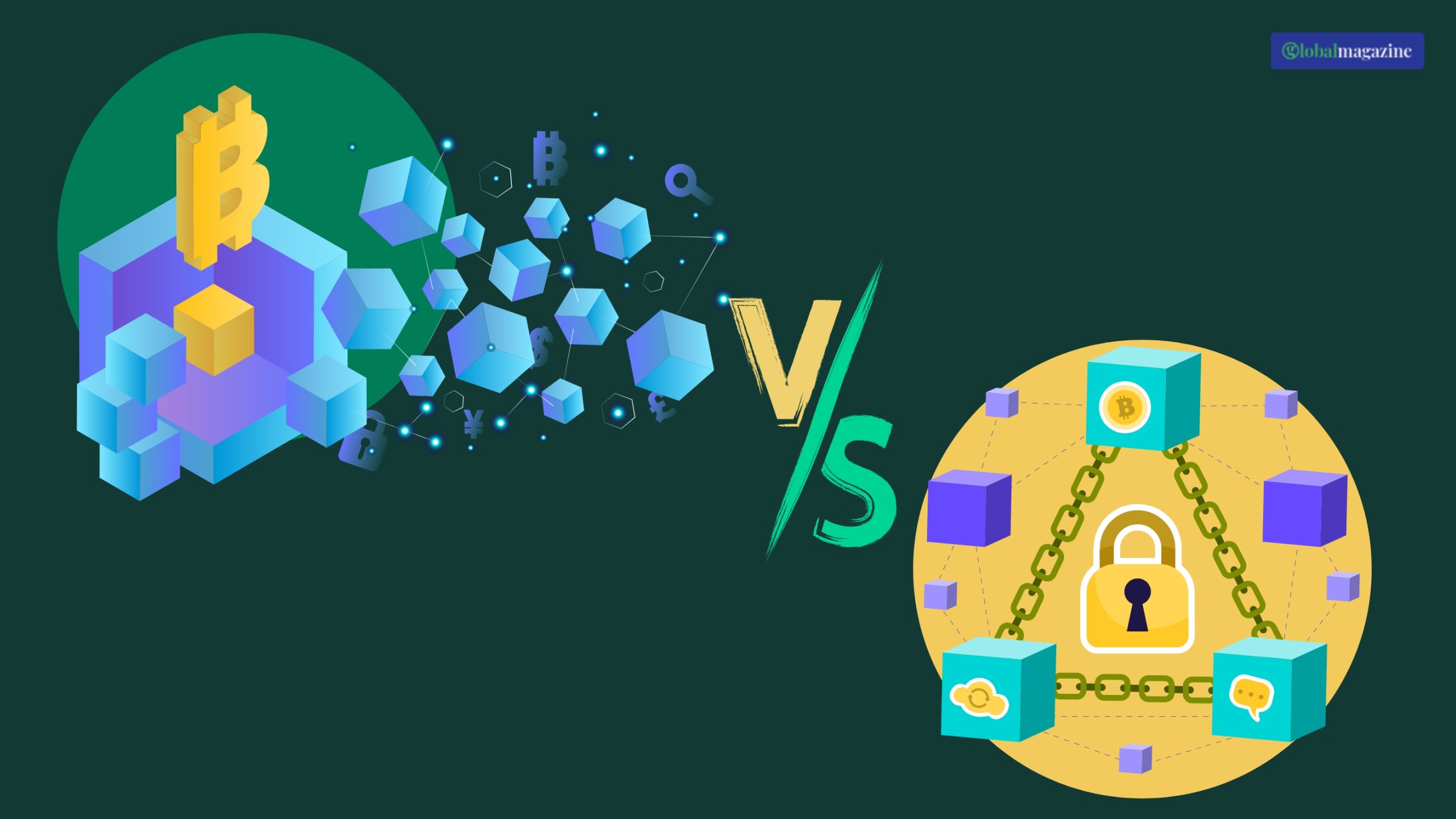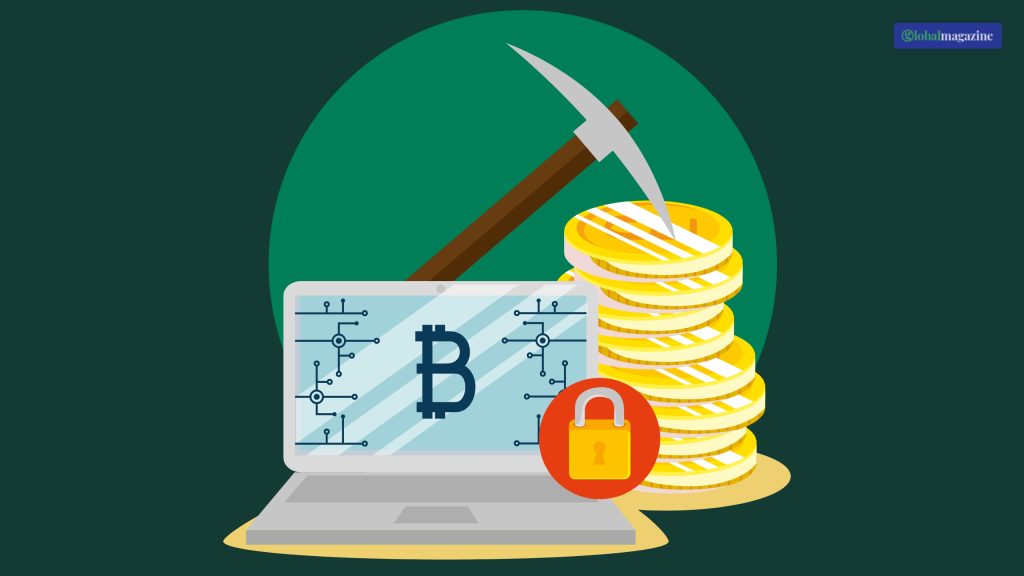Private Blockchain is the BEST Way of Secured Mining – Expert’s Opinion

A private blockchain is a permissioned blockchain network that provides restricted access to A select group of participants. And like public blockchains, which are open to anyone, private ones require an invitation or authorization to join. This makes them ideal for organizations prioritizing privacy and data control.
Companies and institutions that use these blockchains streamline operations, enhance security, and maintain data integrity while limiting access to sensitive information.
The following article will dive into the features of this blockchain and compare it with public blockchain while exploring other aspects.
Features of Private Blockchain

The blockchain is more than just limited access to a few people. Here are features of the blockchain that make it exceptional for financial institutions and companies:
- Only authorized users can access or participate through permissioned access.
- Private blockchain makes Faster transactions possible as there is reduced network congestion due to limited participants.
- The blockchain enhances privacy as data and transactions are visible only to approved parties.
- The blockchain is scalable as it is optimized for specific organization needs, which makes it customizable as required.
- Centralized authority insurance better regulation and management of the blockchain, which shows governance control, which is essential for gaining trust.
Many argue that public blockchains can be equally useful as private blockchains. Let’s find out the difference between the two and which is better.
Public Blockchain vs Private Blockchain

Public blockchains are open to everyone whereas private blockchains are restricted, which makes the latter suitable for secure accessibility. The speed of private blockchains is faster as there are fewer participants in comparison to public blockchains, and there are lower transaction loads.
Public blockchains provide full transparency, whereas private blockchains restrict visibility to authorized participants. In this case, limited transparency is great for institutions needing data security.
Public blockchains are used for cryptocurrencies such as Bitcoin, whereas private blockchains are used for enterprise solutions.
How Does A Private Blockchain Work

A private blockchain works within a closed network where participants must have permission to join. A central authority or Consortium often governs these networks by setting rules and validating transactions. For example, private blockchain mining is limited to authorized participants, which ensures efficient and secure block validation.
The Main Characteristics Of Private Blockchains
The main elements of private blockchains are:
- Controlled participation is one of the strongest characteristics of private blockchain. Access is granted based on permissions that control participation within an enterprise.
- Consensus mechanism like proof of authority ensures fast validation, which makes the process efficient.
- The customizable framework is built to meet specific organizational needs, which makes it a highly adaptable solution.
- Due to its controlled access, sensitive information is protected from external exposure.
These features make private blockchain great for organizations and enterprises seeking secure, exclusive solutions.
Uses of Private Blockchain
There are several uses of private blockchain, some of which are:
- Supply chain management improves with the help of private blockchain as there is better traceability and transparency while maintaining privacy.
- a private blockchain is great for use as transaction monitoring comma settlements and cross-border payments
- The secure environment private blockchain provides makes it suitable for use in the healthcare sector. Medical facilities can secure patient records and ensure privacy compliance with their use.
- With the help of private blockchain, organizations can comply with regulatory requirements efficiently.
- Enterprise cybersecurity is strengthened with the help of private blockchain as it protects against security breaches.
- The use of private blockchain allows controlled trading and authentication of digital assets which helps in understanding NFT.
Pros and Cons of Private Blockchain
As understood, this blockchain has several pros, especially for those in the financial sectors. Using this blockchain enhances privacy and security while also improving transaction processing. There is also control and governed uses under specific rules and regulations. Another pro of using this blockchain is tailored solutions for businesses as per their requirements.
A few cons of this blockchain are limited decentralization, which makes the blockchain subject to several regulations that may be a hindrance to seamless usage. Using private blockchain requires trust in the controlling entity, which can be difficult. A lack of transparency compared to a public blockchain is another concern for several users.
Private Blockchain in Mining

Mining in this blockchain operates quite differently from mining in public blockchains such as Bitcoin or Ethereum. Mining is typically permission in a private blockchain and is centralized, allowing only authorized participants to validate transactions and add blocks to the chain.
This setup privatizes speed efficiency and controls by making these blockchains ideal for industries and organizations that require fast processing without the computational intensity of public blockchain mining.
There are permission minors in this mining where only selected for pre-approved nodes are allowed to participate. Instead of energy-intensive proof of work, these blockchains often use consensus protocols such as proof of authority will trust entities’ validity transactions. In addition, practical Byzantine fault tolerance ensures secure and efficient agreement among nodes.
In addition, mining and block validation are monitored and governed by the organization or consortium operating the blockchain, which provides centralized oversight.
Using this mining is energy efficient as it avoids high energy consumption associated with PoW mining. This mining is valid quickly due to limited participants, which makes it quicker than public blockchain transactions.
One of the most prominent use cases of this mining is determining in enterprises. This mining enables secure storage and validation of large data sets in addition to controlling the access for participants. Another notable use of this mining is in tokenized resource management, where the blockchain facilitates tokenized assets for tracking mind resources in sectors such as gas, oil, or minerals.
In addition, Corda is one of the well-known examples of private blockchain mining, focusing on financial institutions for efficient and private data processing.
Challenges and Limitations
One of the primary challenges of using private blockchain is limited decentralization, which reduces trust among participants. This is mainly because of heavy Reliance on a central authority with low transparency.
There can be inter of ability issues in systems with public blockchains. This is because there can be difficulties in integrating these blockchains with public ones.
The initial cost of this blockchain development can be expensive, which may not be an investment that the company is looking for, especially when it comes to quick solutions, security, and privacy solutions.
There are also regulatory challenges that present themselves in a private blockchain. Enterprises using this blockchain master line with regulatory technology requirements to ensure compliance.
Wrapping It Up!
That was all about private blockchain and its features, such as its ability to provide businesses with a secure, efficient, and customizable solution. Especially those that prioritize data control and privacy.
At the same time, the blockchain lakhs decentralization of public blockchains, scalability, and target application make it ideal for industries like finance, healthcare, and supply chain management.
It is important to understand the difference between public and private, and leveraging its capabilities can help organizations innovate securely and efficiently in a rapidly evolving digital landscape.
Read More:
























